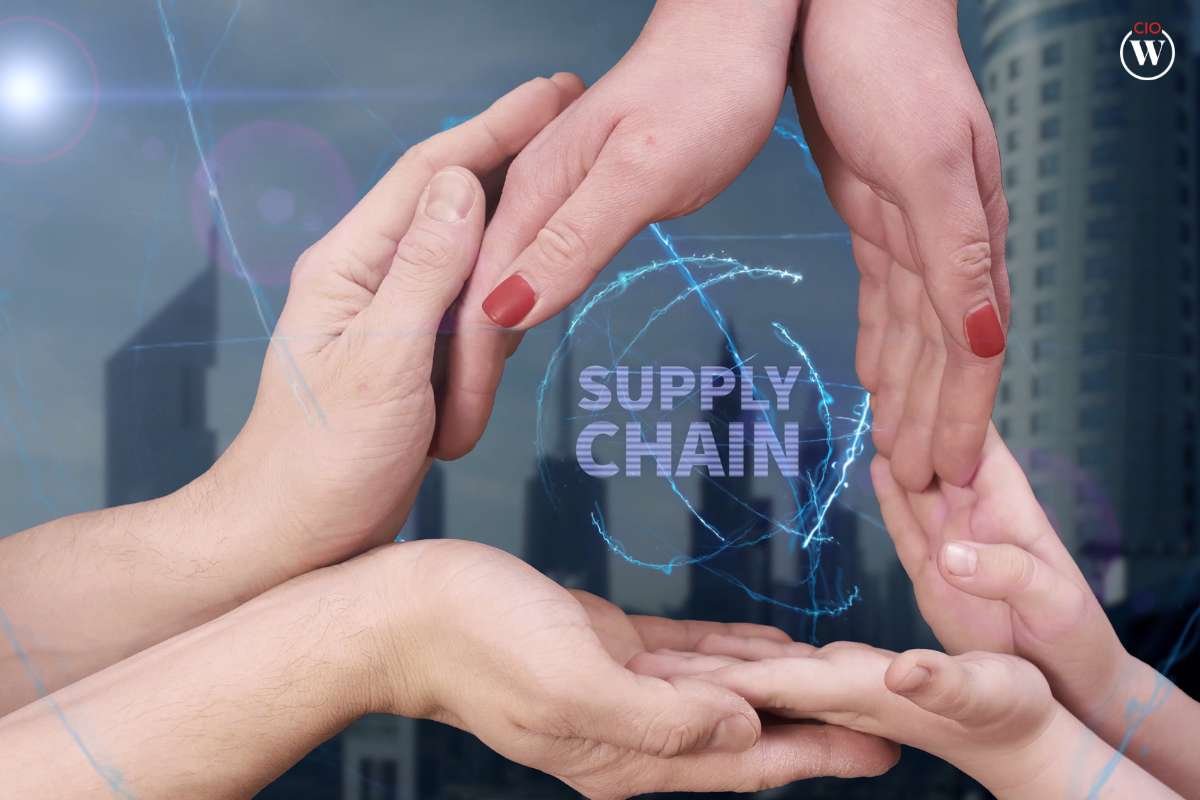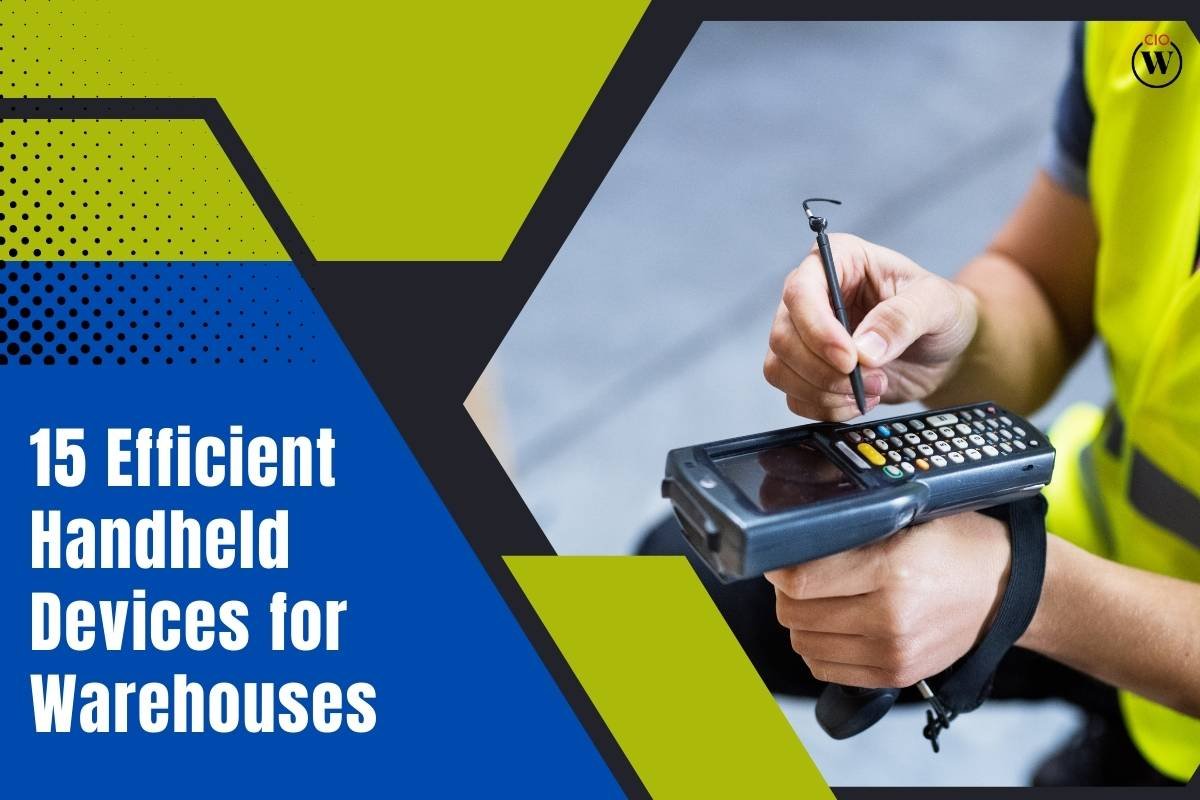Blockchain technology has the capacity to revolutionize the supply chain space. Transparency and security, in all forms, especially data security have become a topic of major concern. Conventional supply chains often lack trust, gaps between thinking, fraud, and brands who come up with similar products, all these elements have made the supply chain transparency go for a toss. Blockchain technology has opened up avenues for making measurable changes in the supply chain. Blockchain allows tracking, and supply chain transparency, and improves security too.
Conventional businesses didn’t really know the advantages that supply chain transparency offered. Or if used, they might have got a competitive advantage. In recent times, businesses have had to maintain a hyperconsciousness in order to be more concerned about consumer safety. Food and beverage brands have started accepting supply chain transparency and the role of blockchain to improve business operations and not go out of stock which helps in adequate distribution of the product.
In the fast-paced global marketplace, supply chains have become intricate networks connecting manufacturers, suppliers, distributors, retailers, and consumers. As the complexity of these networks continues to grow, so does the need for greater transparency and efficiency. Enter blockchain technology, a revolutionary innovation that holds the potential to transform the way supply chains operate. In this article, we will explore how blockchain is reshaping supply chain management, bolstering transparency, and ultimately making business operations smoother and more reliable.
Understanding Supply Chain Transparency

Supply chain transparency refers to the visibility and traceability of every step in the production and distribution process. It encompasses the ability to track the movement of goods, monitor the conditions they are exposed to, and verify the authenticity and origin of products. Achieving supply chain transparency is crucial for building trust among consumers, ensuring compliance with regulations, and preventing fraud and counterfeiting.
The Blockchain Advantage;
Blockchain technology has emerged as a game-changer in various industries, and its potential impact on supply chain management is significant. At its core, a blockchain is a decentralized and immutable digital ledger that records transactions in a secure and transparent manner. This technology has several features that make it ideally suited for enhancing supply chain transparency:
1. Decentralization
Traditional supply chain systems often involve multiple intermediaries and centralized databases, which can lead to inefficiencies and data discrepancies. Blockchain eliminates the need for a central authority by allowing all participants in the supply chain to have access to the same real-time data, reducing the chances of information being tampered with or manipulated.
2. Immutability
Once data is recorded on a blockchain, it cannot be altered or deleted. This characteristic ensures that the information related to product origin, movement, and condition remains accurate and trustworthy throughout the supply chain journey.
3. Transparency
Blockchain’s transparent nature enables all authorized participants to view and verify the data. This shared view creates a level of accountability that can lead to better collaboration and communication between supply chain partners.
Enhancing Transparency Through Blockchain;
Blockchain technology addresses multiple pain points within the supply chain that hinder transparency. Let’s delve into some of the ways blockchain achieves this:

1. Traceability
Blockchain enables the creation of an unalterable record of each product’s journey from its origin to its final destination. Every step, including manufacturing, transportation, and storage, is documented on the blockchain, ensuring that the product’s history is readily available for verification. This level of traceability not only boosts transparency but also aids in identifying and addressing potential bottlenecks or issues in the supply chain.
2. Authentication and Counterfeiting Prevention
Counterfeit products pose a significant threat to supply chain integrity and consumer safety. By integrating unique identifiers (such as QR codes or RFID tags) onto products and recording them on the blockchain, stakeholders can verify the authenticity of items at every point in the supply chain. Any attempt to introduce counterfeit goods can be immediately detected, preventing them from entering the legitimate supply chain.
3. Real-time Monitoring
IoT (Internet of Things) devices can be integrated with blockchain to provide real-time monitoring of product conditions, such as temperature, humidity, and location. This data is recorded on the blockchain, ensuring that any deviations from optimal conditions are identified and addressed promptly. This is particularly crucial for industries like pharmaceuticals and food, where product quality is paramount.
4. Supplier Accountability
Transparent supplier relationships are critical for maintaining ethical and sustainable supply chains. Blockchain can enable the recording of supplier information, certifications, and compliance records on an immutable ledger. This fosters trust among stakeholders and helps in verifying the authenticity of claims related to sustainability and ethical sourcing.
5. Efficiency Gains through Blockchain
While the focus on transparency is paramount, blockchain also offers a myriad of efficiency benefits that streamline supply chain operations:
6. Reduced Paperwork and Manual Processes
Traditional supply chains often involve extensive paperwork and manual data entry, leading to delays, errors, and additional costs. Blockchain’s automated and standardized data recording eliminates the need for redundant paperwork, accelerating processes and reducing administrative burdens.
7. Faster Dispute Resolution
Discrepancies and disputes can arise at various points in the supply chain. Blockchain’s tamper-proof records provide an indisputable source of truth that simplifies the resolution process. This can save considerable time and resources that would otherwise be spent on investigating and reconciling discrepancies.
8. Smart Contracts
Smart contracts are self-executing agreements programmed to trigger actions automatically when predefined conditions are met. In the supply chain context, smart contracts can automate payment releases, trigger notifications for restocking, and initiate quality control processes. This level of automation enhances the efficiency of supply chain activities.
9. Optimized Inventory Management

Accurate, real-time data on the blockchain enables more precise inventory management. Organizations can better anticipate demand, manage stock levels, and reduce excess inventory, leading to cost savings and improved resource utilization.
Interrelation of Blockchain and Supply Chain
The relationship between blockchain technology and supply chain management is symbiotic, with each enhancing the other’s capabilities. The transparency and security provided by blockchain technology address critical pain points within the supply chain, while the supply chain serves as a real-world application for blockchain’s potential. This synergy results in a comprehensive solution that benefits all stakeholders involved.
Challenges and Considerations;
Despite its promising potential, the adoption of blockchain technology in supply chain management does come with challenges:
- Integration Complexity:
Integrating blockchain into existing supply chain systems requires careful planning and execution. Organizations need to ensure compatibility with legacy systems and manage the transition seamlessly to avoid disruptions.
- Data Privacy and Security:
While blockchain enhances data security through encryption and decentralization, there are still concerns about the privacy of sensitive information recorded on the blockchain. Striking a balance between transparency and data protection is essential.
- Standardization:
For blockchain to reach its full potential in the supply chain, there must be industry-wide standards for data formats, protocols, and communication. The lack of standardization can hinder interoperability between different blockchain implementations.
- Resource Investment:
Implementing blockchain technology requires an initial investment in infrastructure, training, and development. Organizations need to carefully assess the costs and benefits to determine the feasibility of adoption.
Conclusion
In an era where supply chain transparency is not just a buzzword but a critical necessity, blockchain technology emerges as a powerful tool for addressing these challenges head-on. Its inherent features of decentralization, immutability, and transparency provide a robust foundation for building trustworthy and efficient supply chains. By recording every step of the journey on an unchangeable ledger, blockchain eliminates information asymmetry, fosters collaboration, and ultimately enhances the quality and reliability of products reaching consumers. As businesses continue to explore ways to optimize their operations, the interrelation of blockchain and supply chain management offers a glimpse into a more transparent, efficient, and resilient future.









